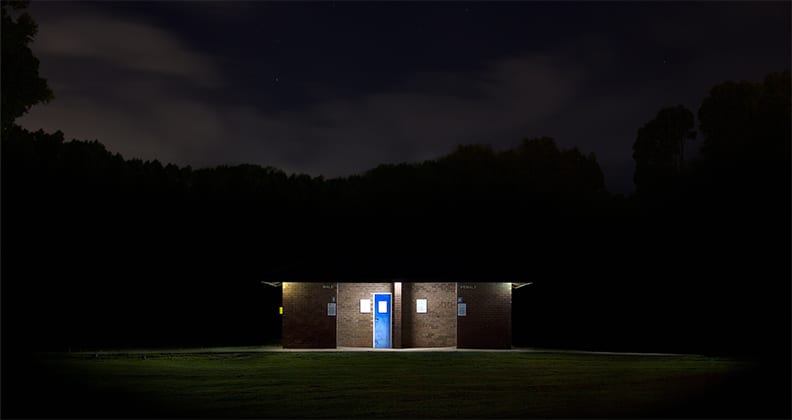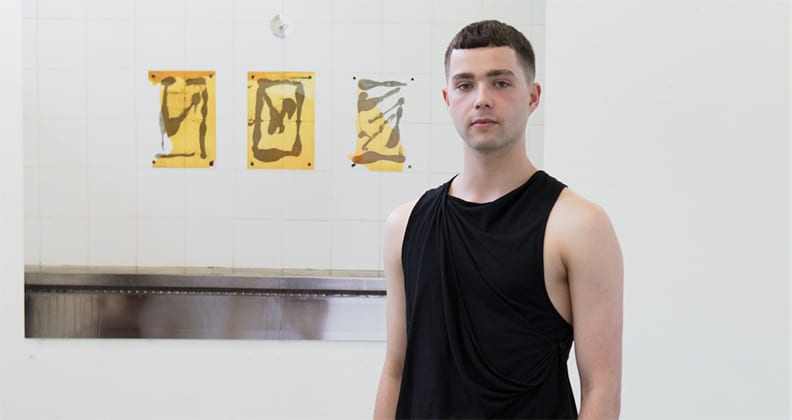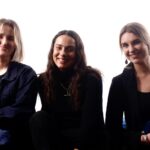Curtin fine art students Benjamin Bannan and Claire Gillam are set to showcase their artworks in this year’s Hatched: National Graduate Show at the Perth Institute of Contemporary Arts from 19 May – 15 July.
Bannan and Gillam were chosen along with 28 of their peers nationwide to partake in the high-calibre exhibition. Hatched is a free exhibition that examines the latest art practices emerging in Australia and promotes the nation’s new artistic talent.
Many of Australia’s leading artists including Shaun Gladwell, Curtin alumna Julie Dowling and Khaled Sabsabi have exhibited their work in previous Hatched shows.
Gillam’s submission, Plant Band, explores the connections between art, science and plant life. Bannan’s work, Sorry for the Inconvenience, explores the politics of public spaces, specifically attempts to silence public knowledge of a commonly known ‘beat’ within the LGBTIQ community in the Town of Cambridge, Perth.
We recently spoke with Bannan about his Hatched piece, his artistic approach and promising career.
Q. Can you tell us about the inspiration behind your Hatched piece and what themes/ideas it explores?
A: Sorry for the Inconvenience began as an attempt to document and memorialise the Dodd Street toilet block as a queer artefact before it is demolished due to its ‘beat’ culture. The artwork comprises a video and book in conversation with the Cambridge Council, and a personal narrative about the site’s history.
I hope the work engages with the dichotomy of ‘public and private’, and in doing so examine the relationship between ‘shame and liberation’.
Q. What materials/styles do you like to work with and why?
A. Throughout my undergraduate degree at Curtin I’ve used different mediums to express my ideas. Casting, relief and other forms of print-making are processes I enjoy because of their poetic relationship to materials.
Recently I’ve started making documentation work with photography and video. I’m starting to find the materials I use are driven by the aims and the goals of each project.
Q. Who are the biggest influences of your work?
A. Influences change every time I start thinking about new ideas. Lately, I’ve been looking at a lot of queer photography from the 1990s. I love the work of Australian artist Matthew Huppatz and I’ve been reading a lot of Tim Dean, which is influencing the context of the work I’m making at the moment.

Q. What role do you think artists have in society?
A. I think artists form part of a group of creatives who contribute to visual culture in a way that facilitates shifts in how society approaches social, political and cultural issues over time.
Q. Why did you choose Curtin to study Fine Art?
A. Curtin was the only choice I considered seriously for the degree. I had friends who had come through the fine art degree, and I’d also seen a lot of Curtin graduates’ work outside of the school, so it felt like the best option for me.
Q. What advice would you give to aspiring artists?
A. I would definitely say that it’s important to make work that you’re passionate about. That sounds like a really obvious thing to say, but I think the viewer can always tell when an artist lives and breathes their work.
Whether a viewer relates to the medium and its themes or not, I think people engage with art that has a sense of integrity.
Q. What’s next for you?
A. I’m currently on exchange at ENSA Dijon [an art school] in France. I’m hoping the body of work I’ve started while studying here will develop into something for a group or solo show back in Perth. In 2019, I’m really looking forward to returning to Curtin to do a year of honours.



